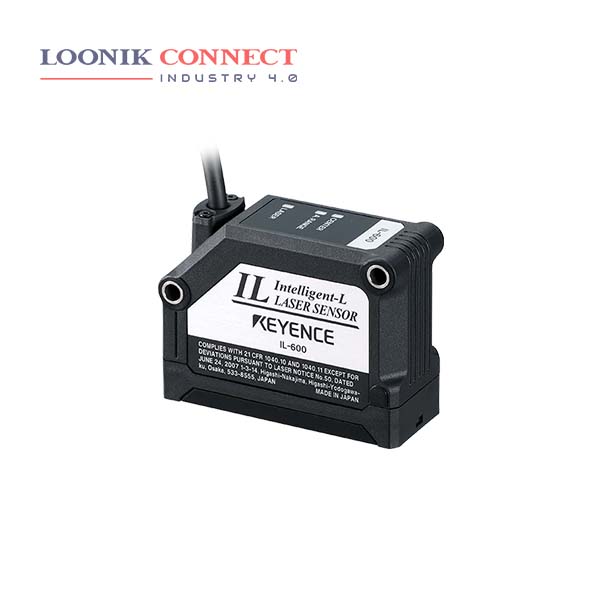The term position sensor is used for a sensor that gives a measure of the distance between a reference point and the current location of the target, while a displacement sensor gives a measure of the distance between the present position of the target and the previously recorded position. There are three main types of position sensors: angular, rotary, and linear. These sensors utilize various technologies to sense position including wiper-arm potentiometers, optical reflection or imaging, and Hall-effect sensors.
Some examples of position sensor applications are; Elevators – position sensors are used in elevators to move them up and down, detect which floor they are on and to ensure the doors are in the correct position when open and shut. Phones – Tilt sensors are a type or rotary sensor. Position sensors are used in many applications, they are used across industries such as; automotive, motorsport, medical, agriculture, robotics, industrial processing, mobile vehicle, test and lab applications, food & beverage, packaging, machine tool, wrapping and many more.
A magnetostrictive position sensor primarily consists of components such as a position magnet, a magnetostrictive position sensor that measures the distance between the head end of a sensing rod and the position magnet, an electronics module and a waveguide. The sensing range of position sensors is the displacement between the sensing face of the sensor and the approaching measurement object that triggers a signal change in the sensor.










